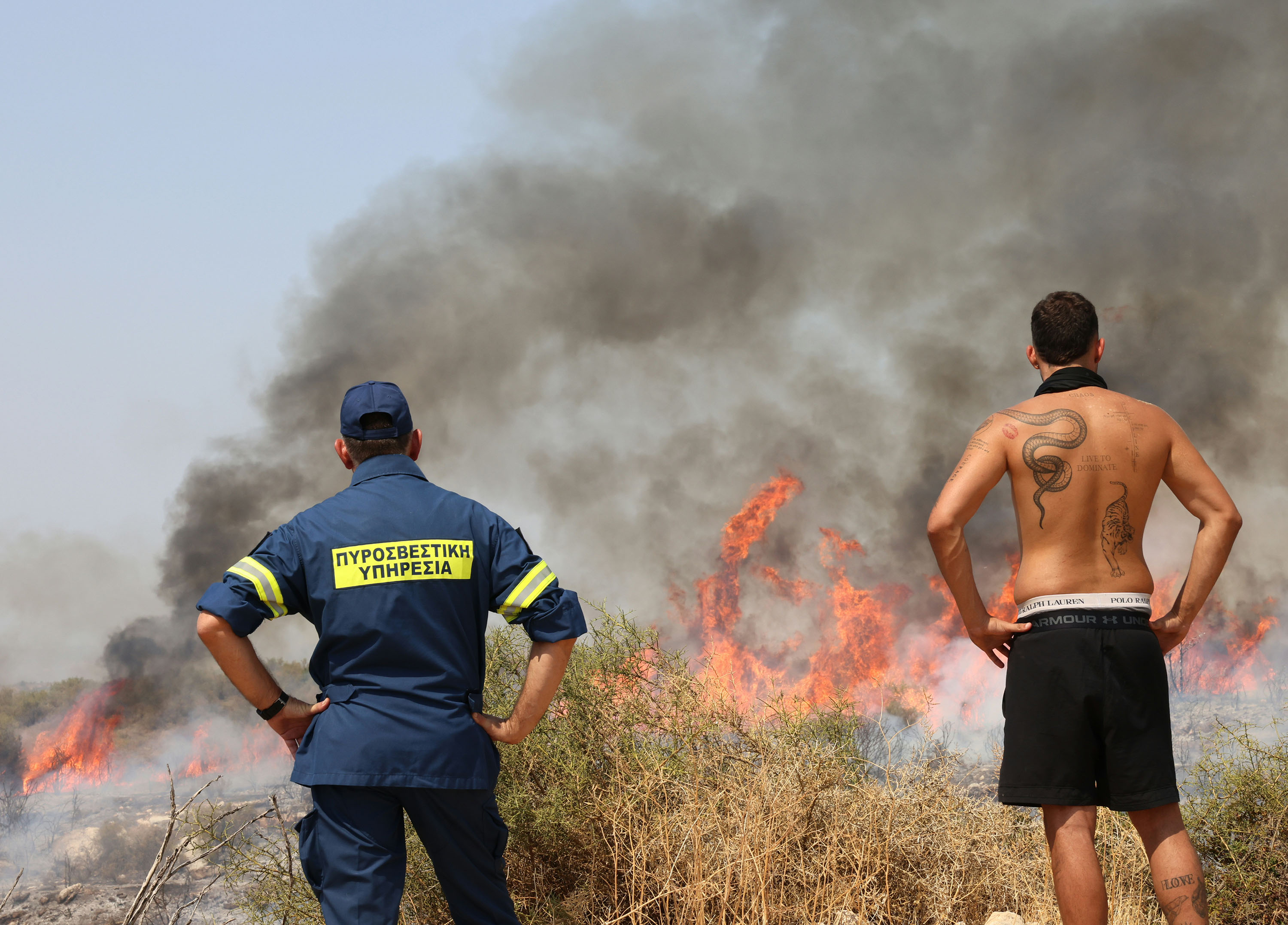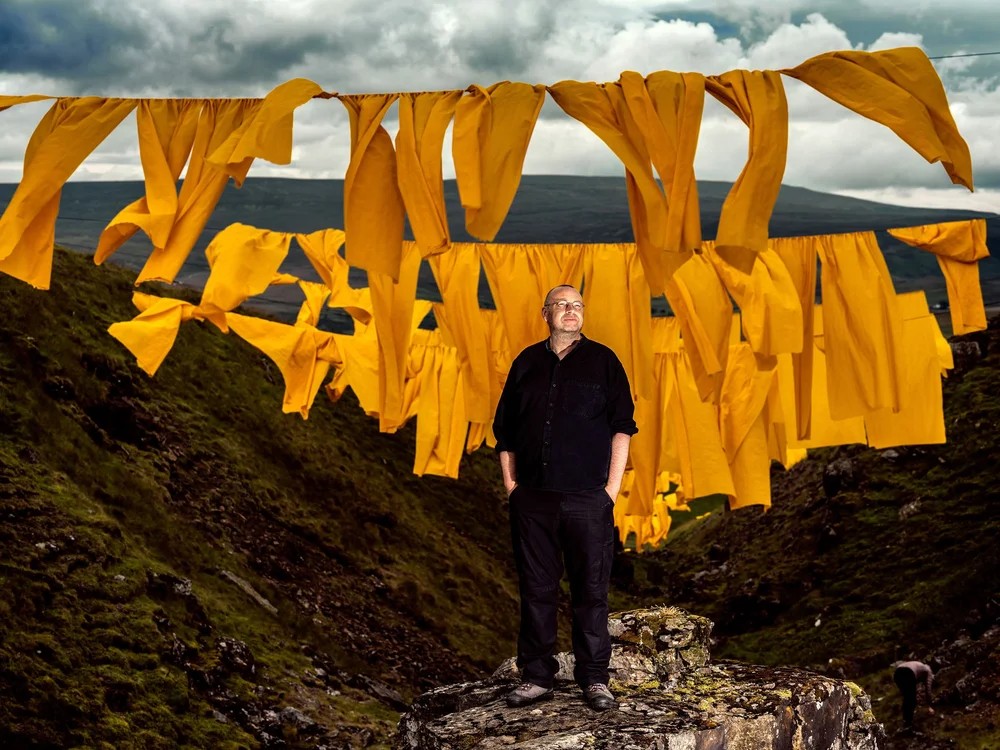There is no ‘New World Order’, although there is certainly a new world disorder.
The ‘rules-based international order’ that was created after the Second World War, mainly under American leadership, had been fading away anyway as the West’s long economic dominance declined. The arrival of Donald Trump delivered the coup de grace, but nothing has taken its place.
All the claptrap in the past week about the launch of a new ‘Asian century’ founders on the hard, unyielding fact that there is no Asia except in the strictly geographical sense. There was a stage-managed coming-out party in Beijing for China’s new superpower status, with lots of Asian guests, but no actual deals were done.
True, most Asian countries now have China as their largest foreign trade partner, but that is also true for most other countries in Africa, South America and Australia. It’s just business, and it does not necessarily imply either loyalties or alliances.
China’s only allies are Russia and North Korea, and neither of those alliances brings Beijing any real strategic benefit. The most that can be said in their favour is that they spare China the expense of guarding those frontiers and are a captive market for Chinese arms exports. Indeed, the lack of other alliances underlines the fact that ‘Asia’ is not a valid strategic term.
‘Europe’ is a real strategic concept. Its half-billion inhabitants living in half a hundred countries have cooperated, competed and fought one another for three millennia, and they almost all belong to the same cultural universe. When they split up into rival alliances (as they do most of the time), even that process runs along familiar grooves.
The Americas are also a distinct cultural universe, although one closely linked to the European parent culture. With the exception of Canada and the United States, the relevant countries have engaged very little with the geopolitics of Europe and Asia, and cross-border wars in the region have become rare.
The Asian continent, by contrast, is rife with wars and confrontations – but almost never do they actually involve the entire continent. It’s too big, too culturally diverse, too split up by mountain ranges and ocean straits – and fundamentally too lacking in common interests and ambitions that might bring it into conflict.
There have been five Arab-Israeli wars (or six or seven, it depends how you count). However, none of them has expanded beyond the Middle East – the region which is correctly known in the Indian subcontinent as ‘southwest Asia’.
There have been three (or four or five) India-Pakistan wars, one of which also gave birth to an independent Bangladesh, but none of these wars spilled out of the subcontinent. The fact that India and Pakistan have nuclear weapons is cause for concern, but it actually deters other countries in the region from getting involved in alliances with them.
Southeast Asia is a semi-detached region with anxieties about Chinese encroachment and especially about Beijing’s claim to almost all of the South China Sea. ASEAN (the Association of Southeast Asian Nations) is not a military alliance, however, and local conflicts like the current Thai-Cambodian border spat have little potential to spread further.
As for East Asia, which embraces China, Japan, the two Koreas and Taiwan, it is relatively rich but ageing very fast. It is very unlikely that any significant group of ‘Asian’ nations will band together and seek to dominate the world militarily or even economically. The whole discourse about an Asian century is just so much hot air.
This is not to say that China will not continue to prosper, although the glory days are past and its real economic growth rate is already down to developed-world standards. India may achieve some of its ambitions too, although achieving takeoff about fifteen years later than China leaves it more vulnerable to crippling damage from climate change.
And what about Africa, a continent first divided by its manifold tribal identities and then further divided by different colonial heritages? Some star performers may emerge from the crowd (54 countries at last count), and one can at least hope that the rest will make some progress, but the dream of an African economic miracle continues to recede.
The world did not change last week – or last year either. The greatest threat is still global heating, because a lot of that will happen (though how much is still partially in our hands). Global nuclear war could be even worse, at least in the short term, but it doesn’t have to happen at all. And all the other stuff is just details.
Twenty thousand Chinese troops marching perfectly in step, like twenty thousand identical machines, is just show business.
Gwynne Dyer’s new book is ‘Intervention Earth: Life-Saving Ideas from the World’s Climate Engineers’. The previous book, ‘The Shortest History of War’, is also still available.







Click here to change your cookie preferences